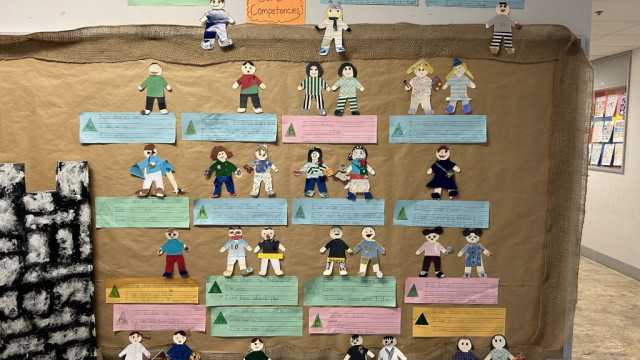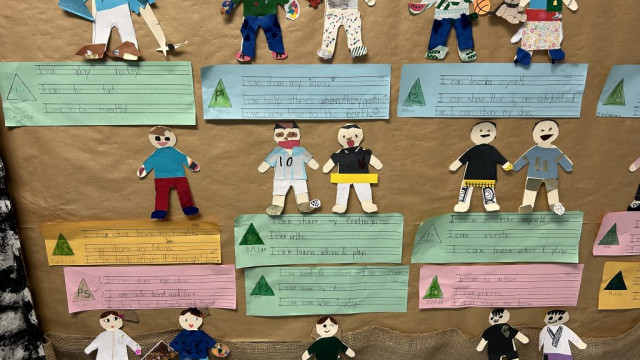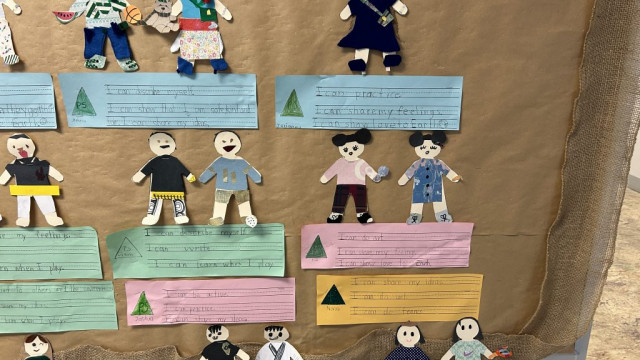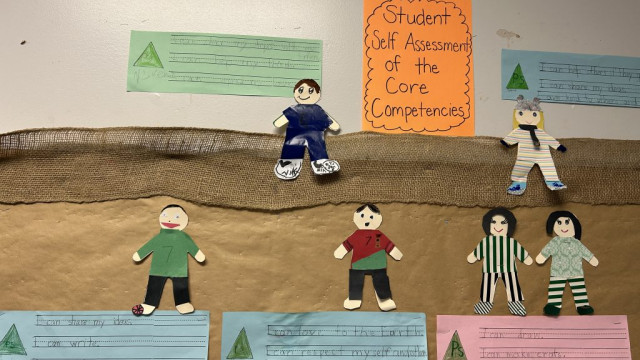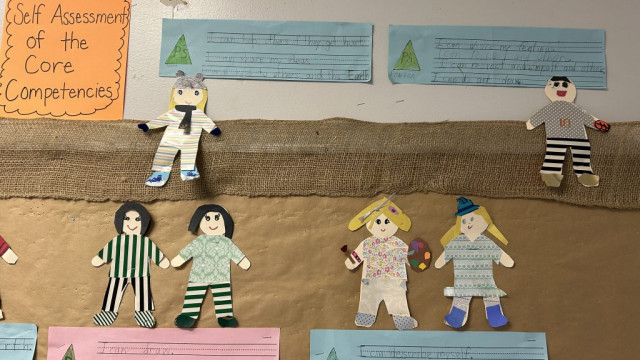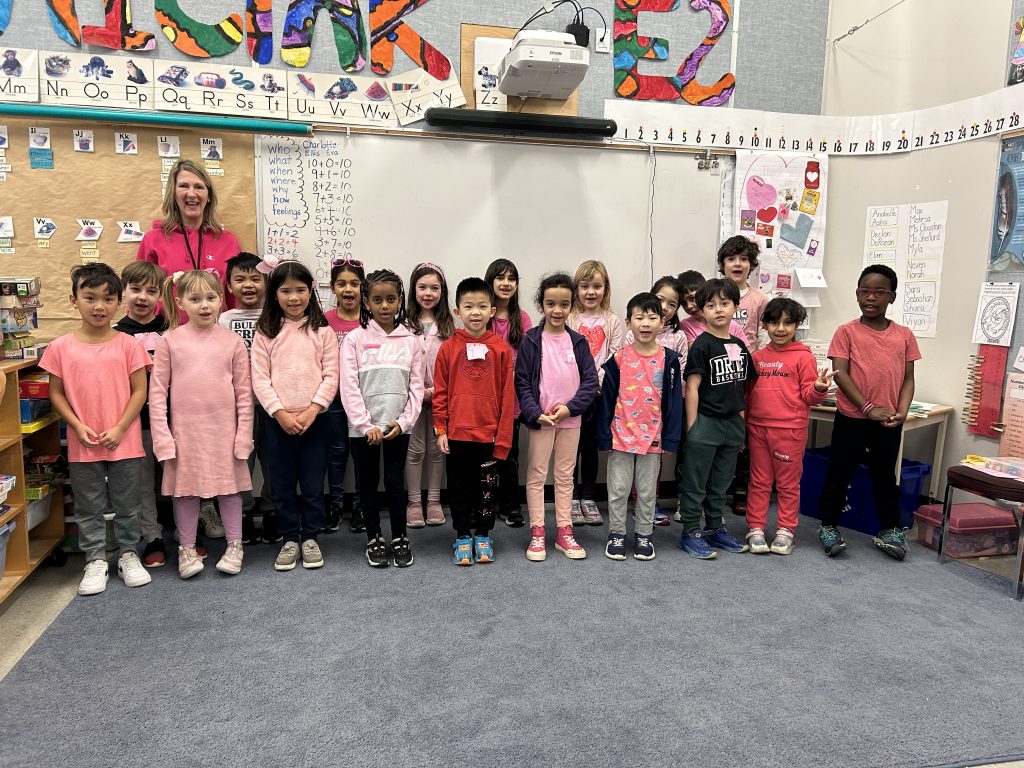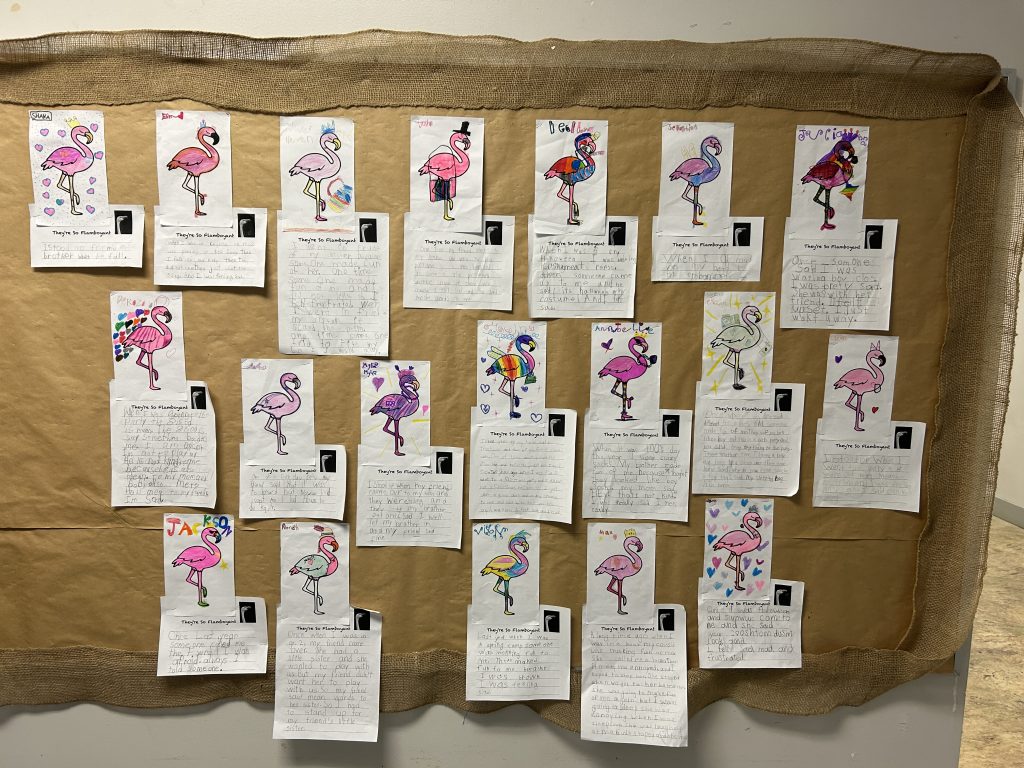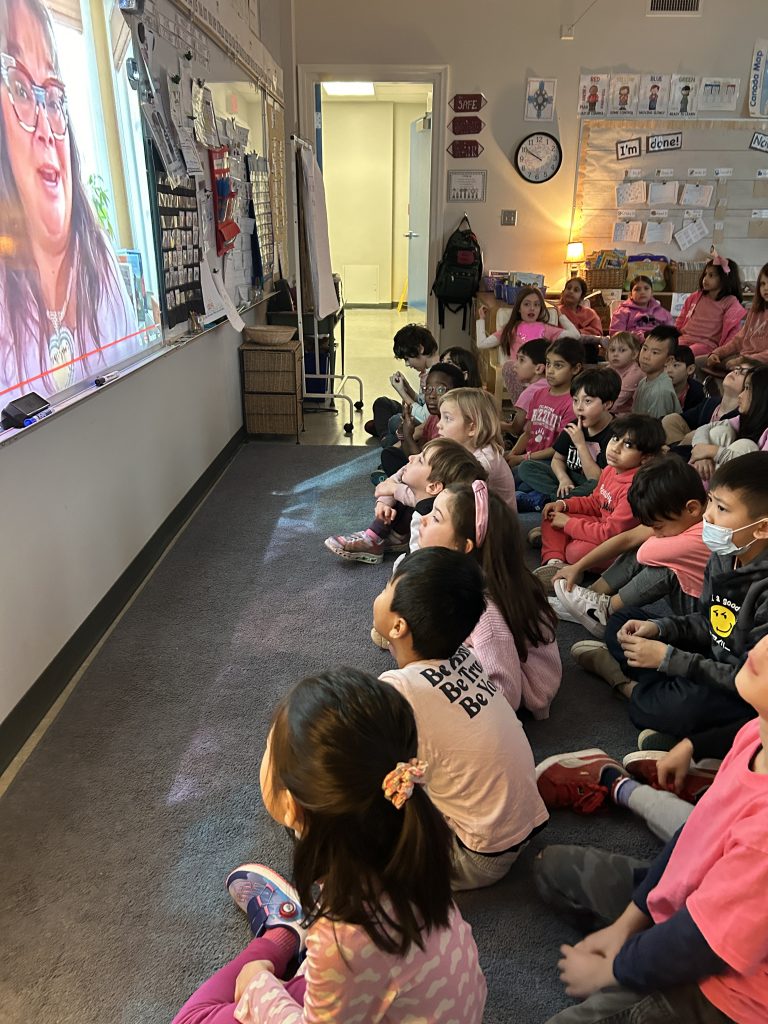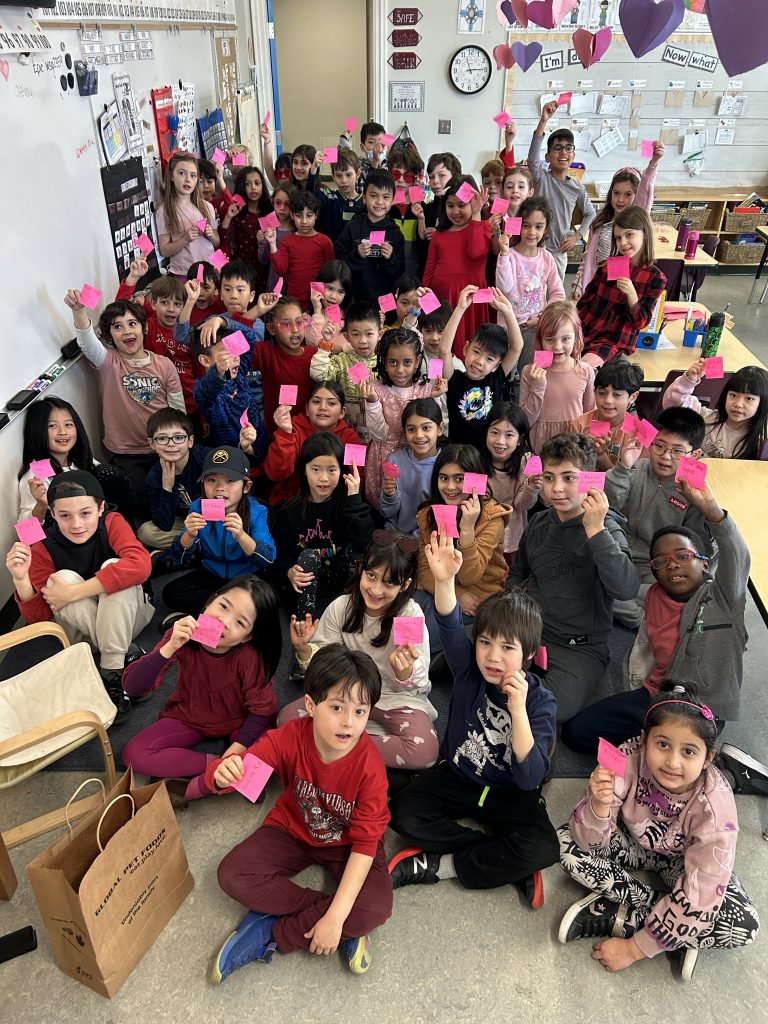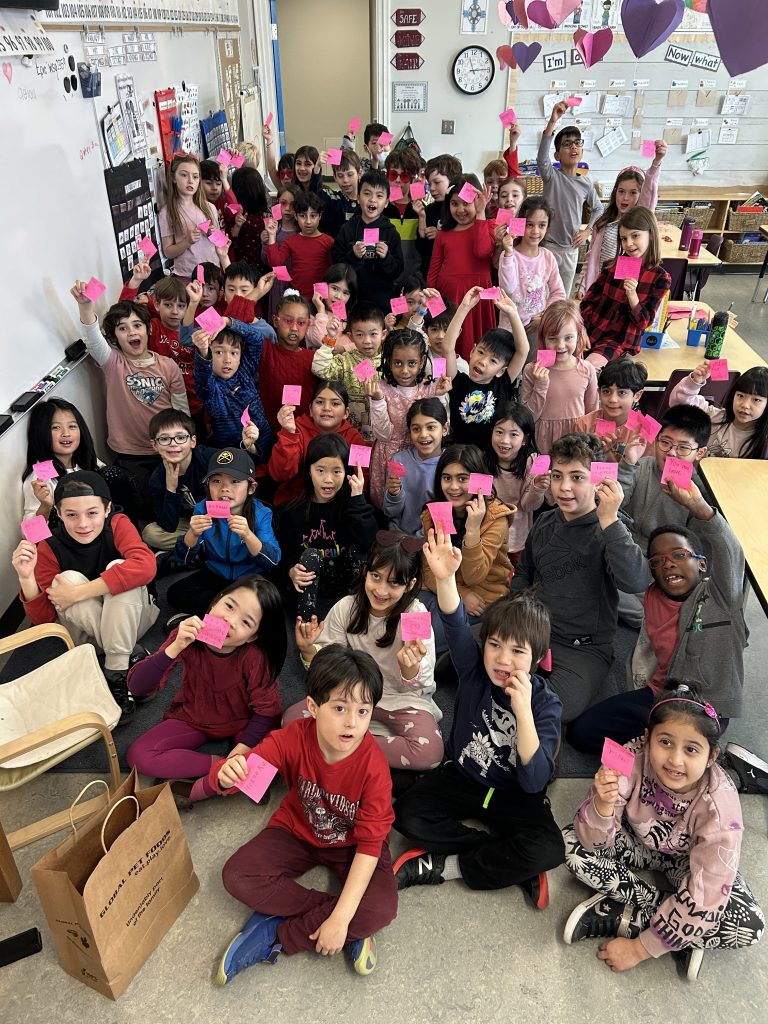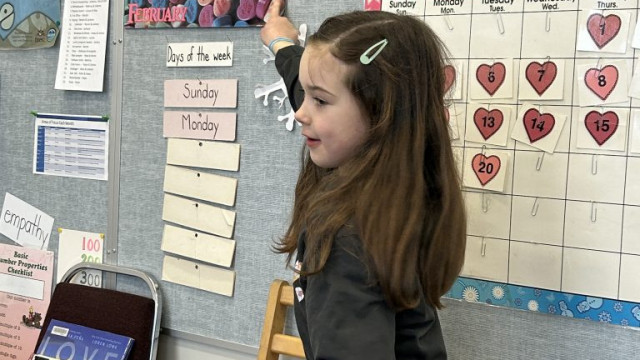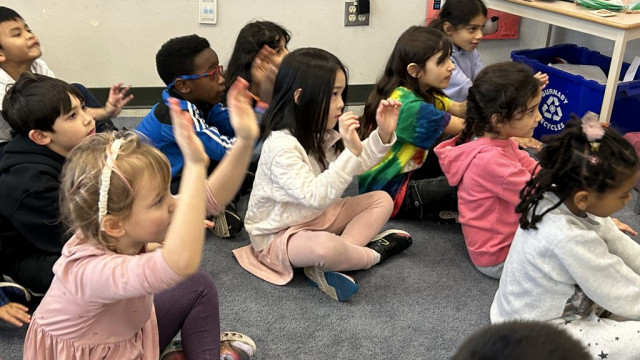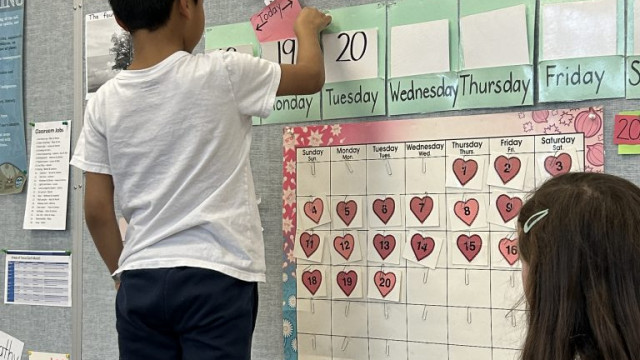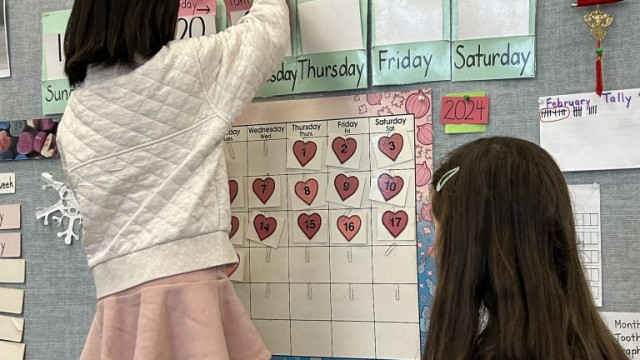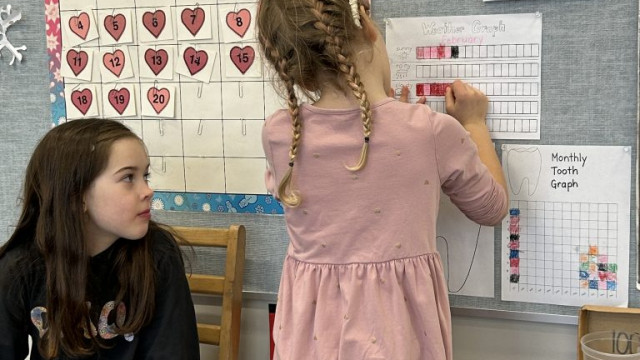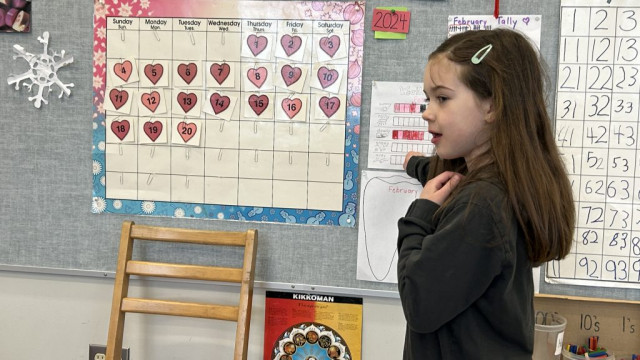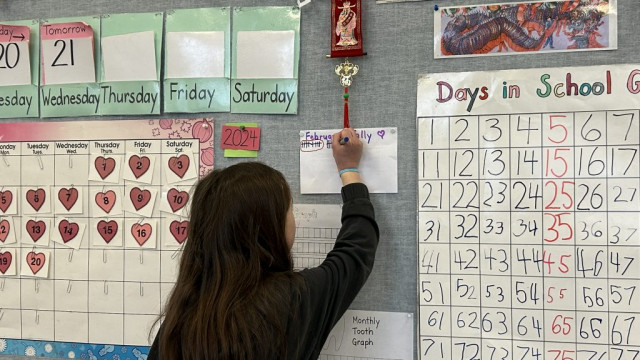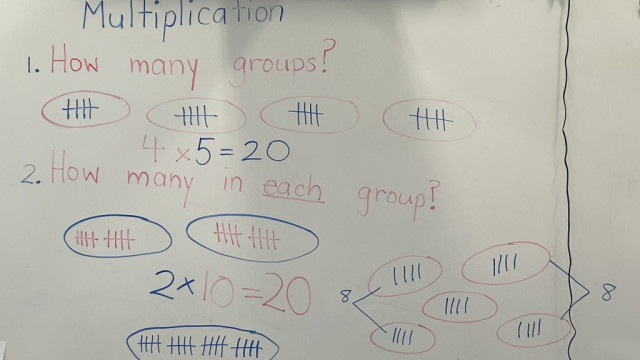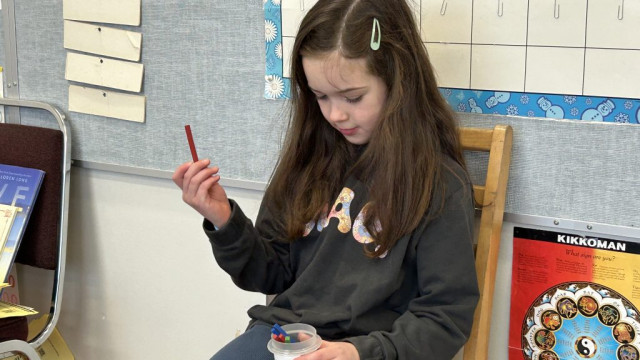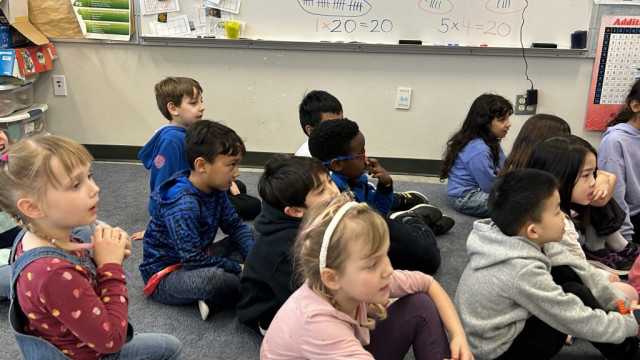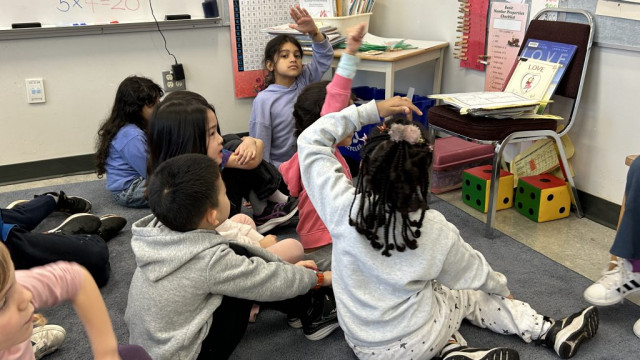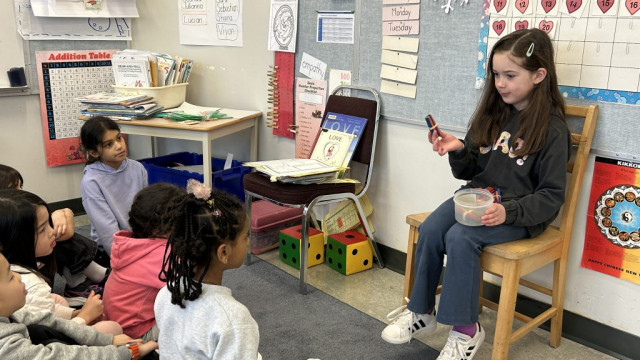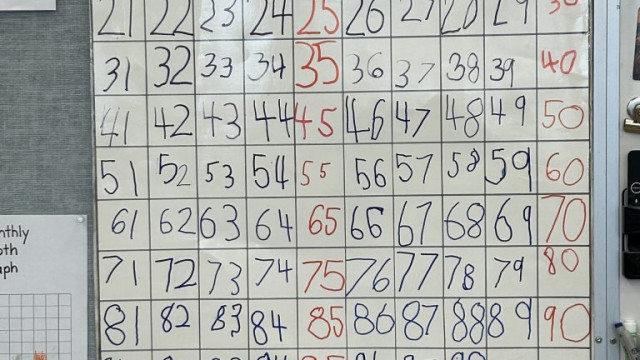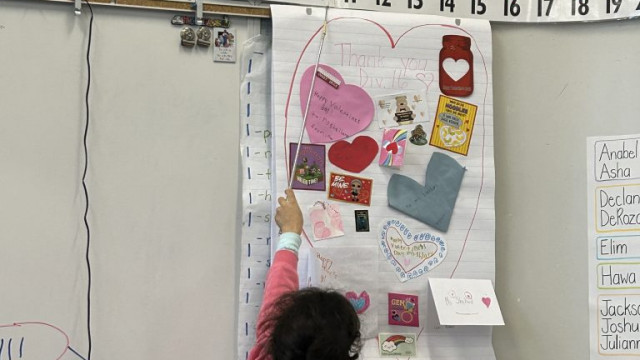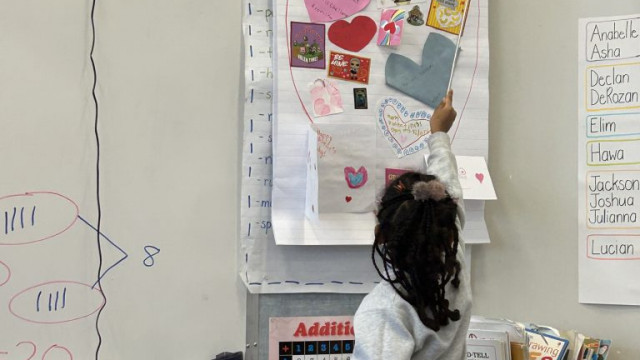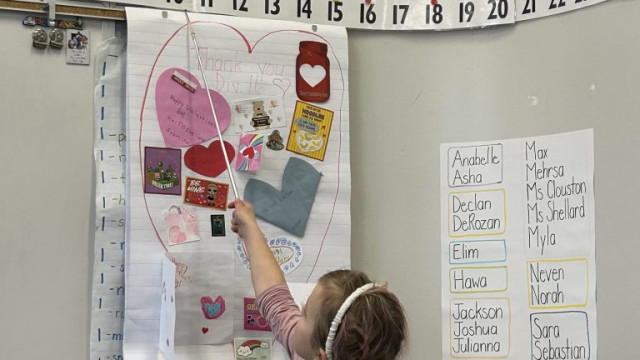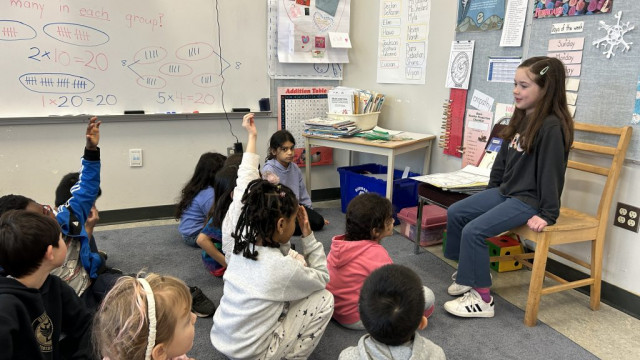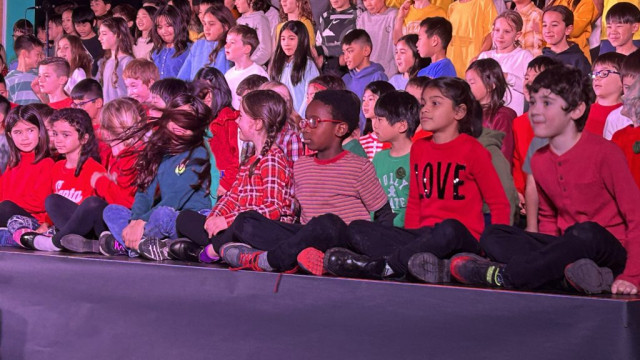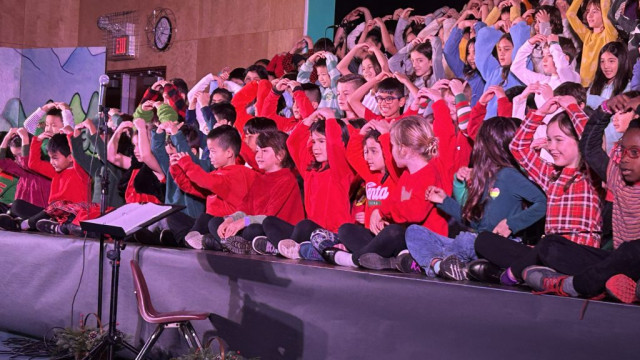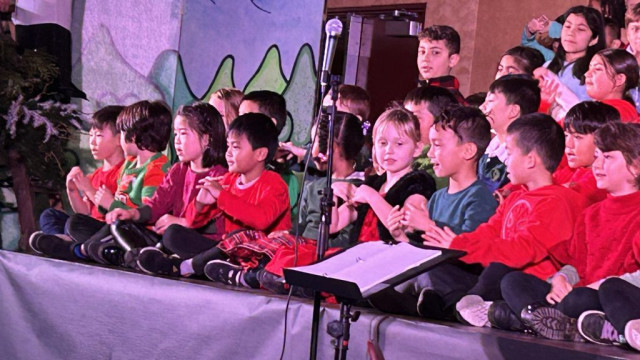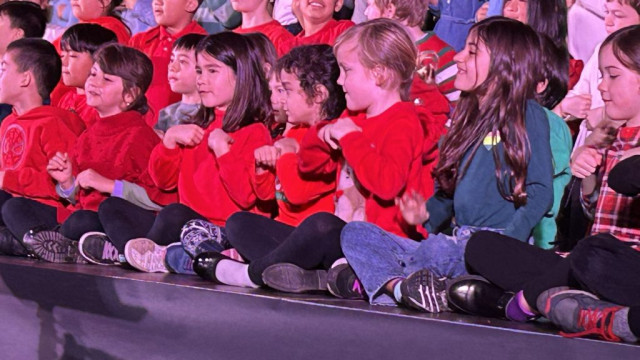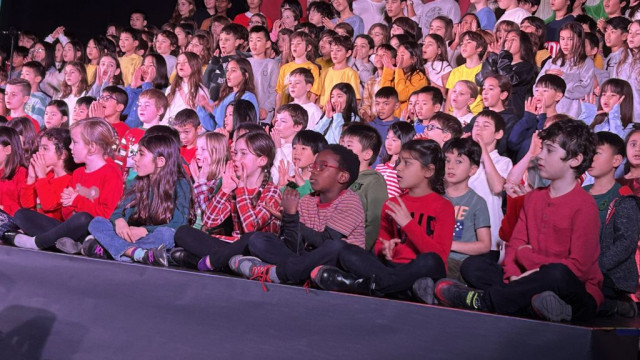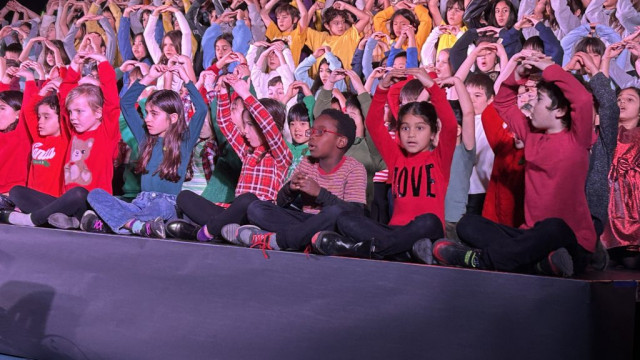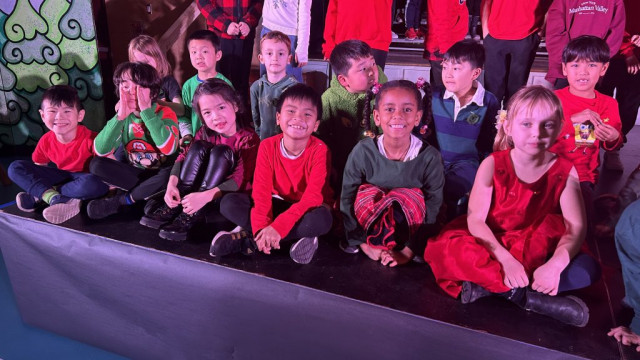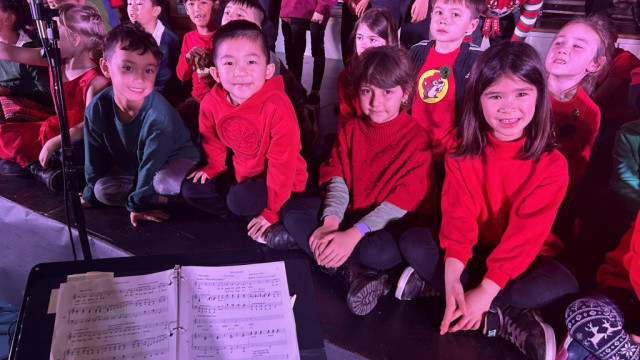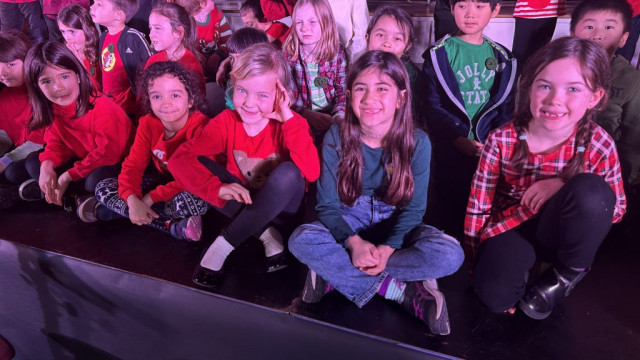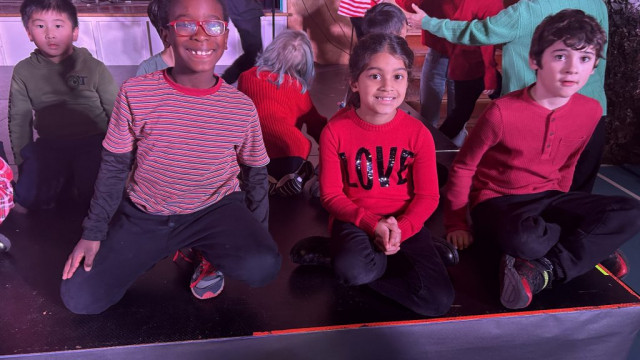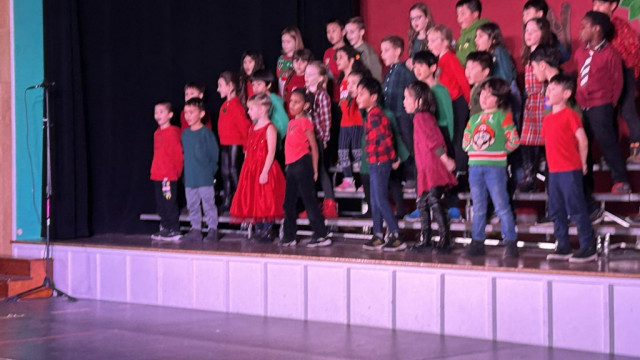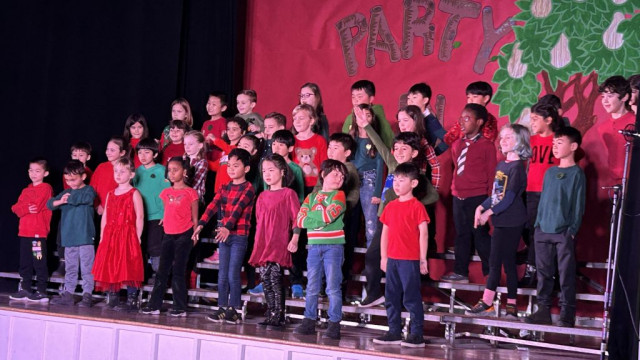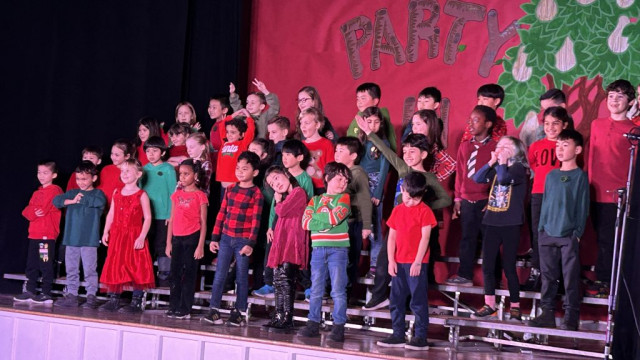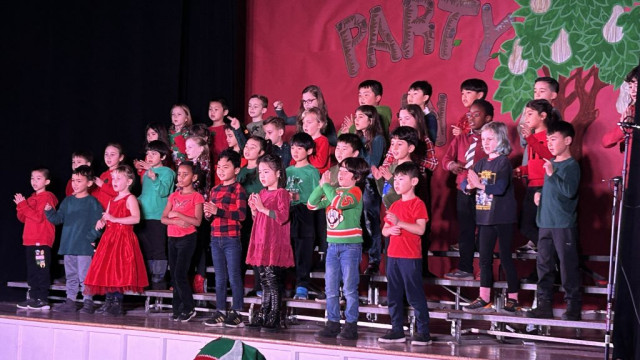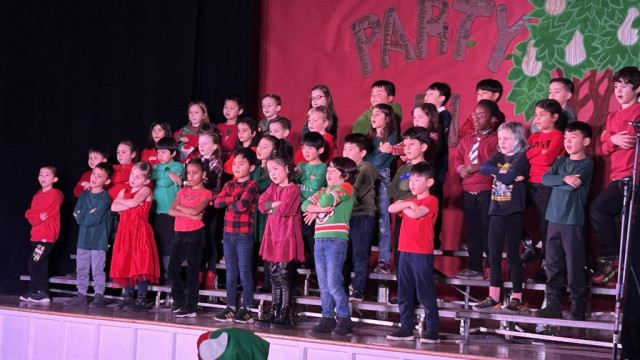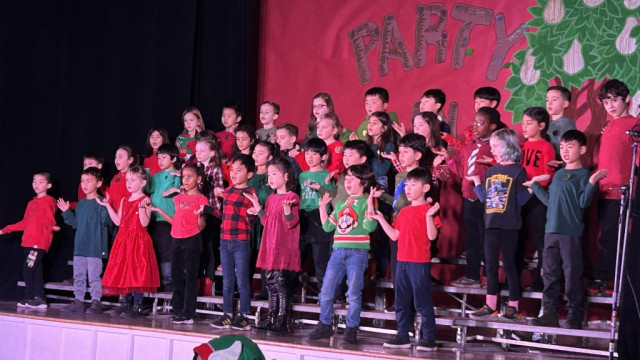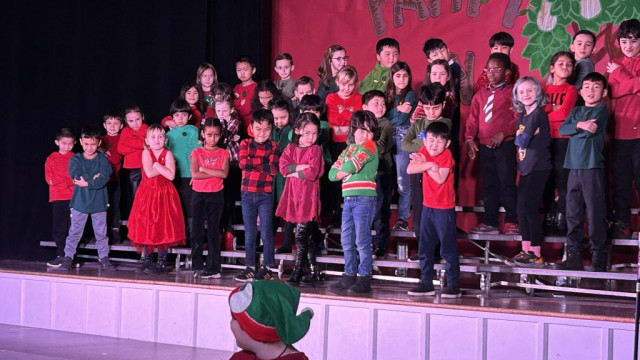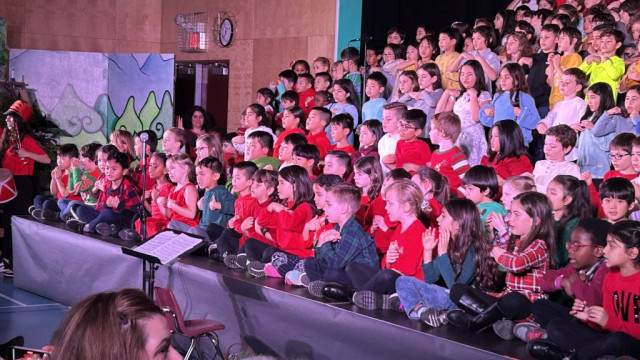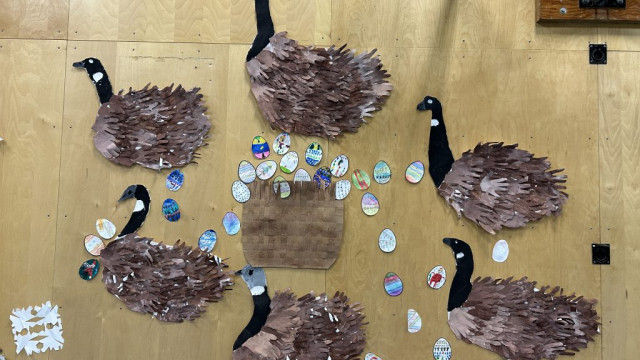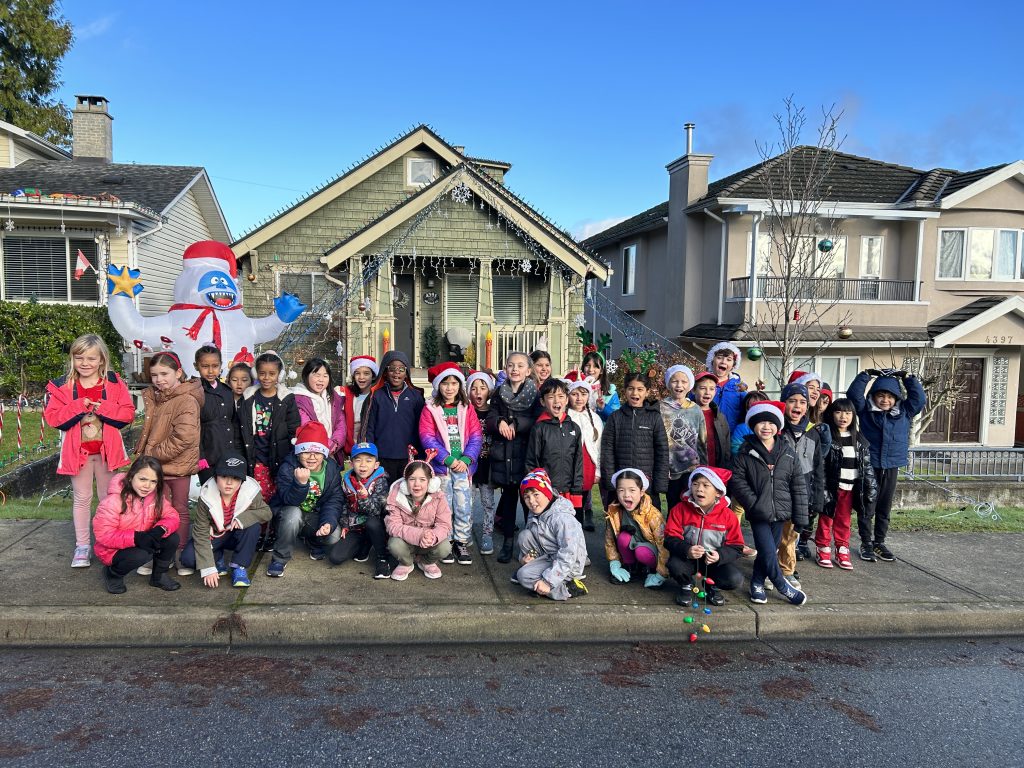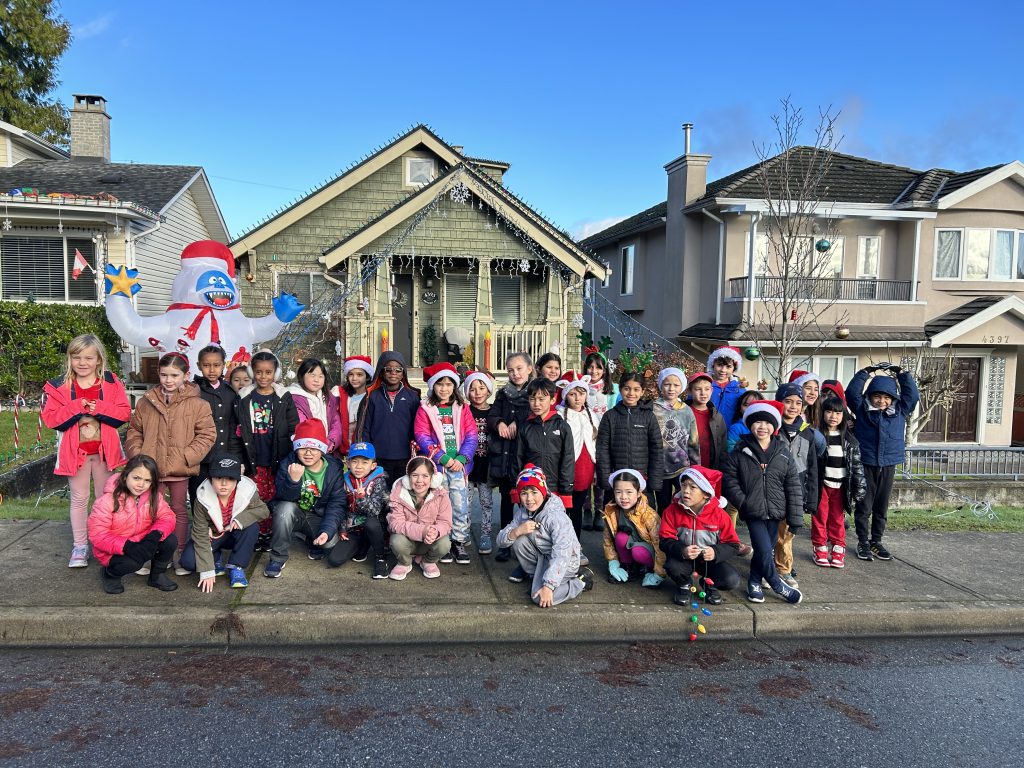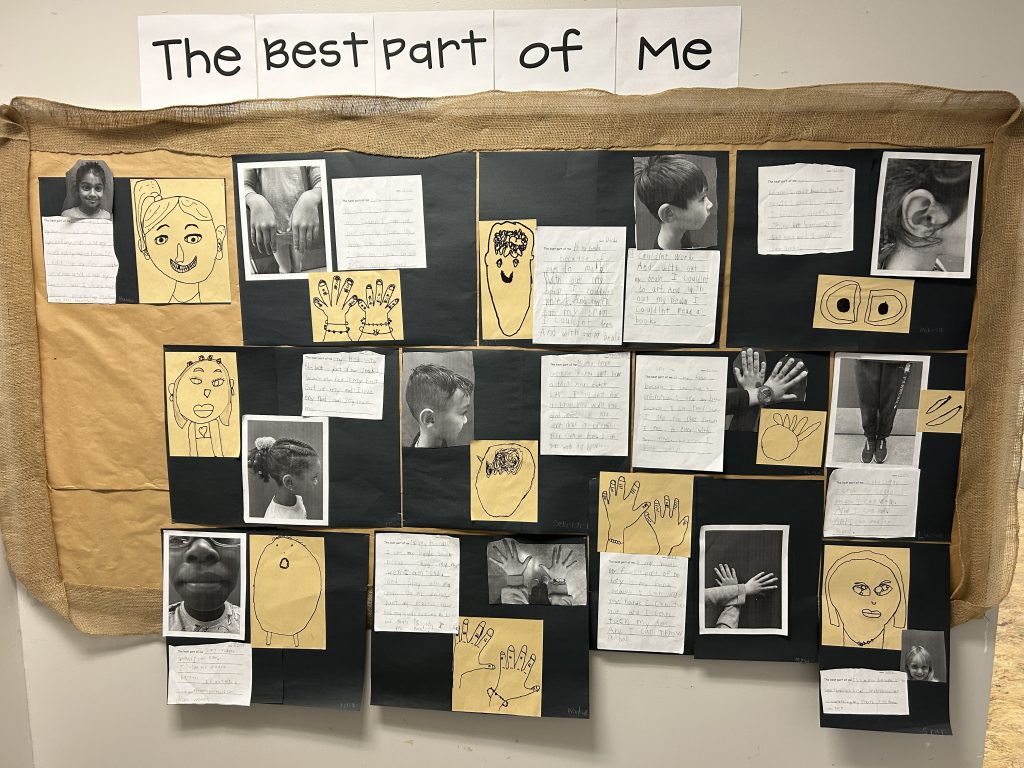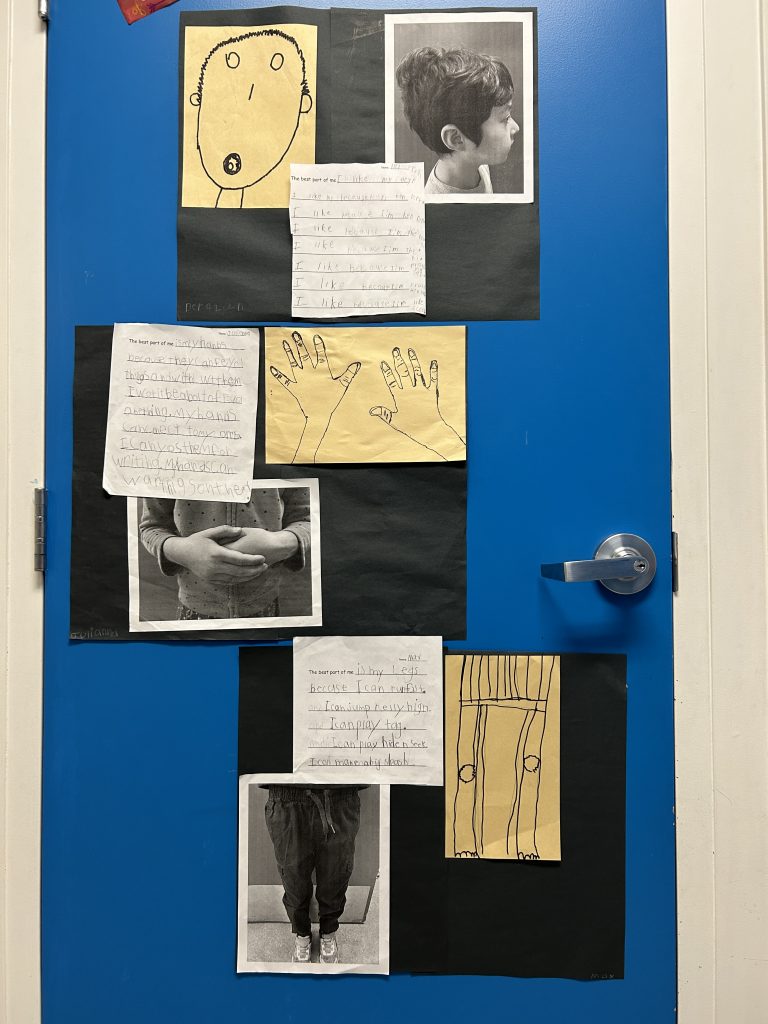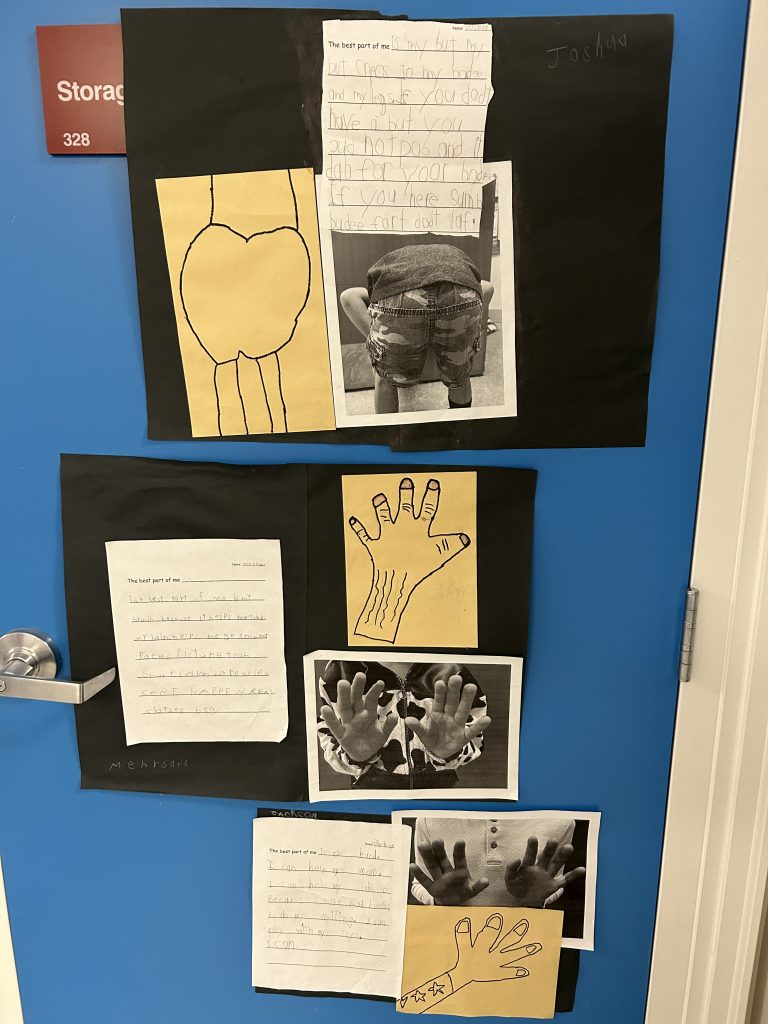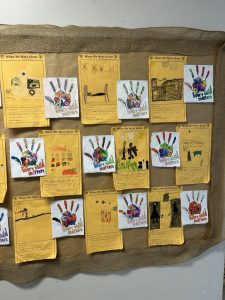The students of Div. 15 and Div. 16 have been working on describing themselves using the Personal and Social Core Competencies. This is being completed by the students as part of the second term report card.
The Personal and Social competency is the set of abilities that relate to students’ identity in the world, both as individuals and as members of their community and society. Personal and Social competency encompasses what students need to thrive as individuals, to understand and care about themselves and others, and to find and achieve their purposes in the world.
The Personal and Social Core Competency has three interrelated sub-competencies:
Personal Awareness and Responsibility
Personal Awareness and Responsibility involves understanding the connections between personal and social behaviour and well-being; it encourages people to make constructive and ethical decisions and act on them.
Positive Personal and Cultural Identity
Positive Personal and Cultural Identity involves the awareness, understanding, and appreciation of the factors that contribute to a healthy sense of oneself; it includes knowledge of one’s family background, heritage(s), language(s), beliefs, and perspectives in a pluralistic society.
Social Awareness and Responsibility
Social Awareness and Responsibility involves the awareness, understanding, and appreciation of connections among people, including between people and the natural environment. Social Awareness and Responsibility focuses on interacting with others and the natural world in respectful and caring ways.
First, we shared the story called More Than Words (linked below). Then, we all brainstormed “I can” statements as a group. After that, the students chose the three “I can” statements that best reflected themselves. Once the students wrote their three statements, we then began working on representations of ourselves using “people” cut-outs, special paper, construction paper, felt, ribbon and other supplies. The students were asked to create how they see themselves on their paper cut-outs. Please discuss the Core Competency “I can” statements with your child and how they chose to represent themselves in their cut-out(s). Your child’s “I can” statements will be coming home after Spring Break, as they are being displayed outside our classroom. We are keeping the “people cut-outs” to display in the gym for our Autism Awareness Month assembly and will send them home later in April. Thank you for your support with your child’s learning. Enjoy your Spring Break!
